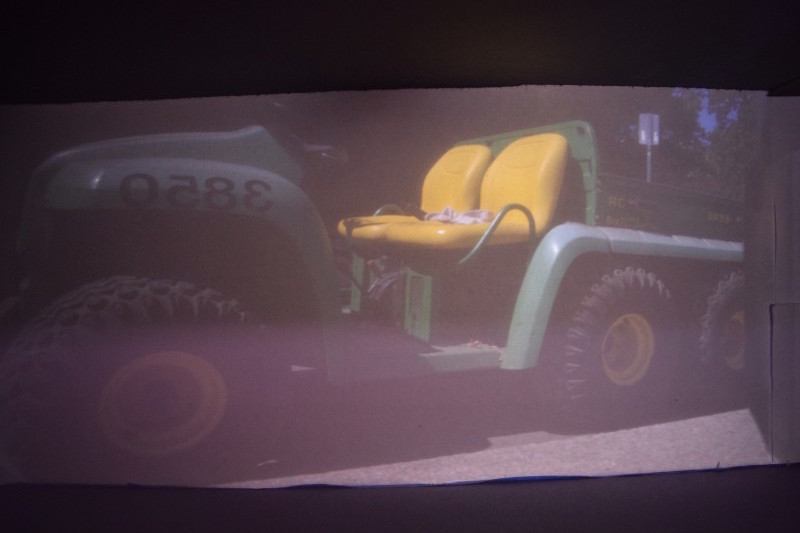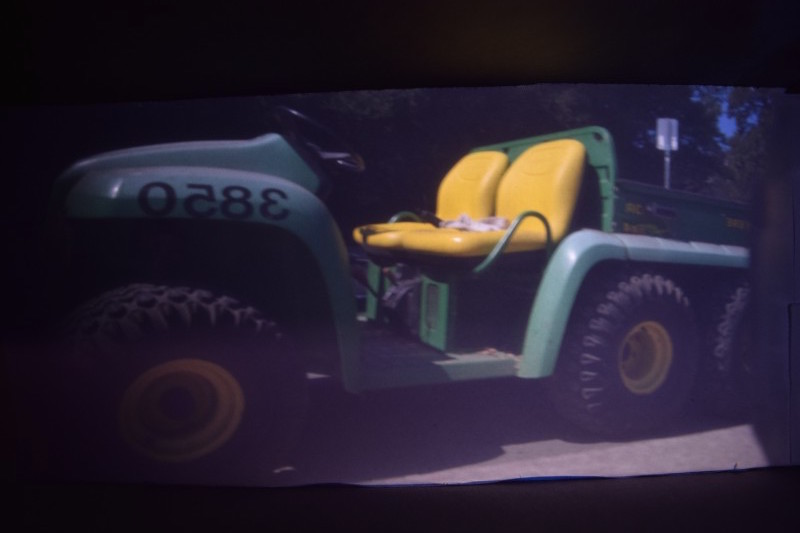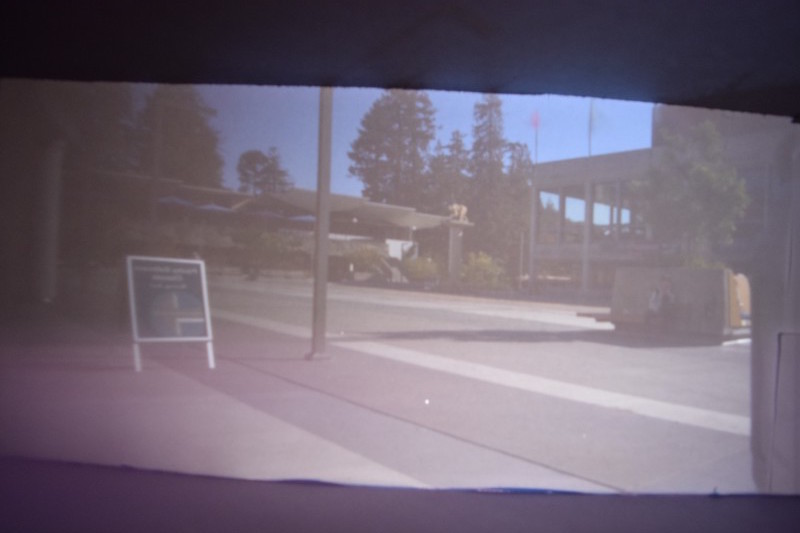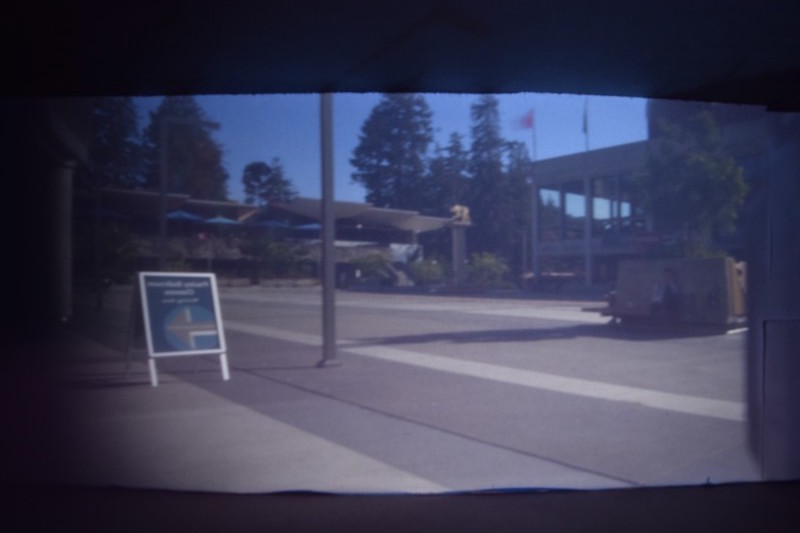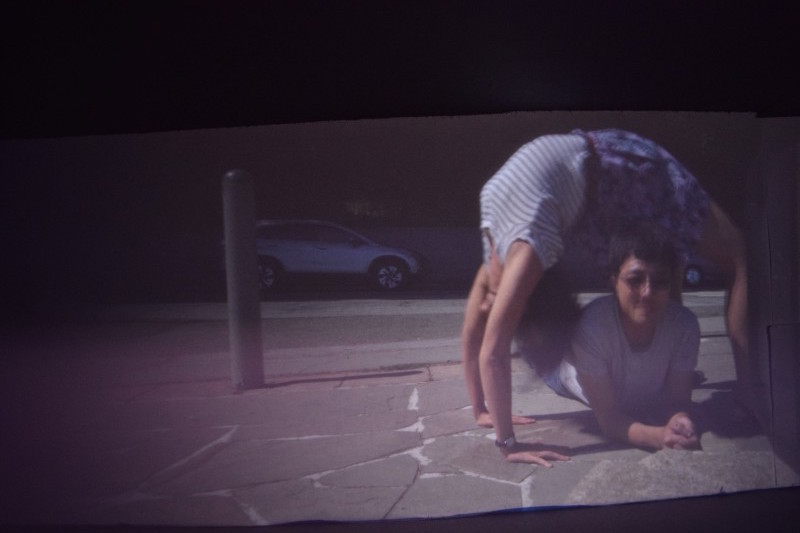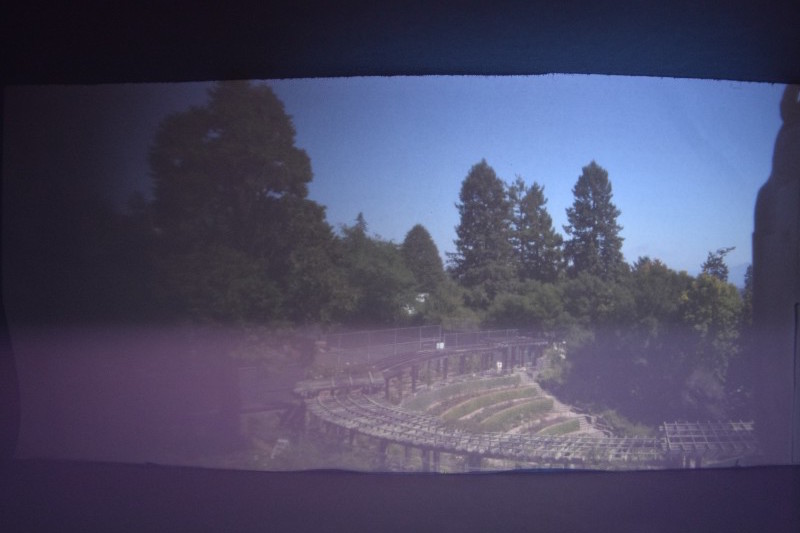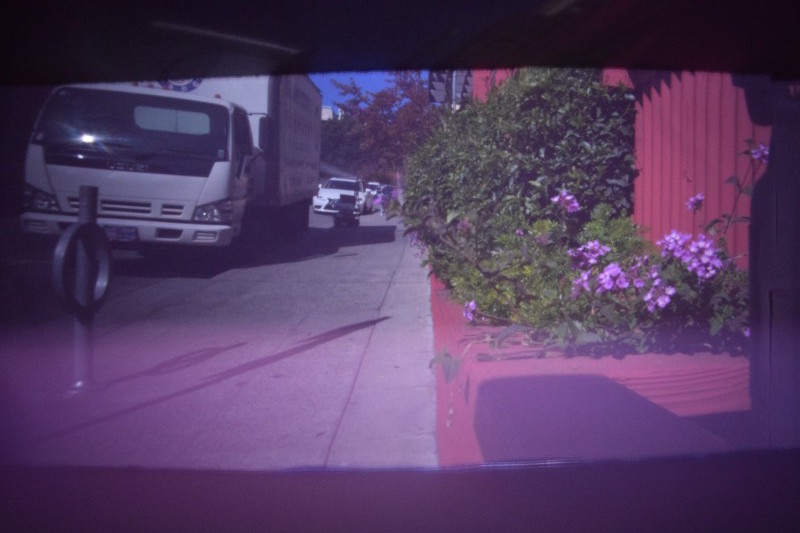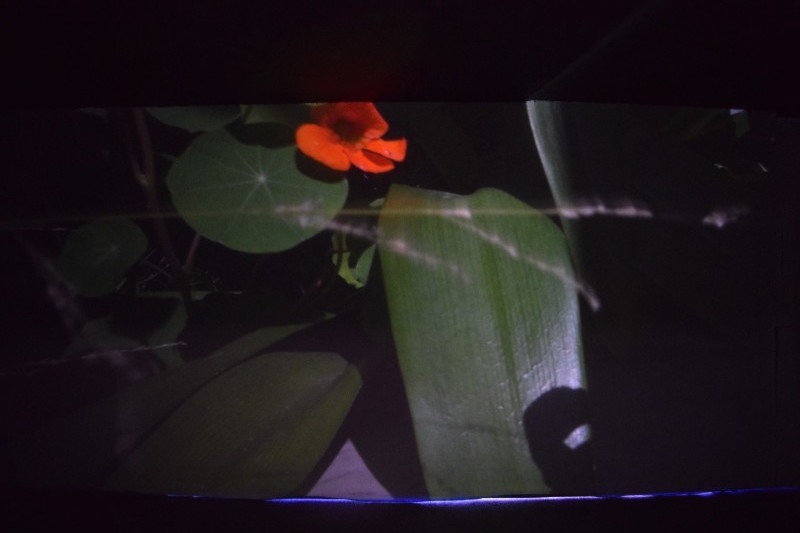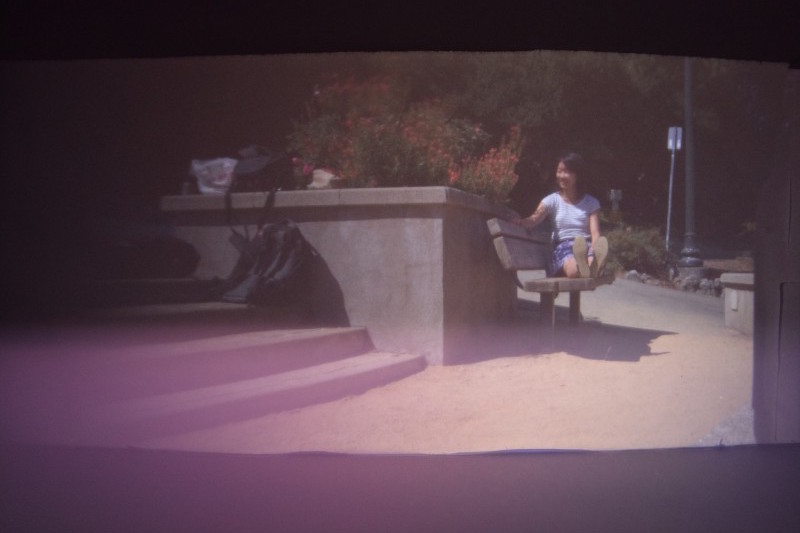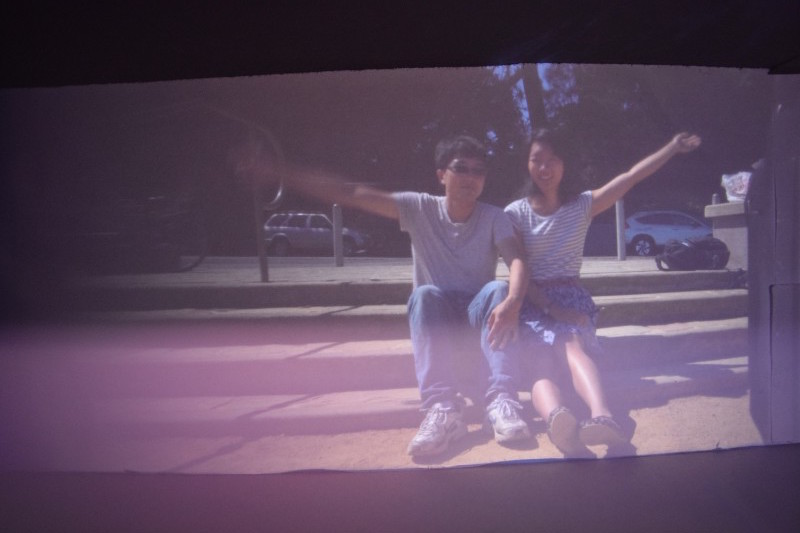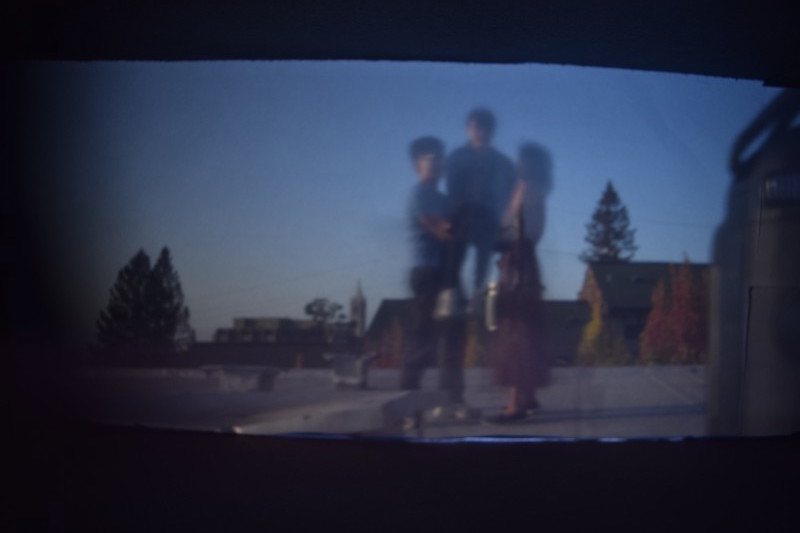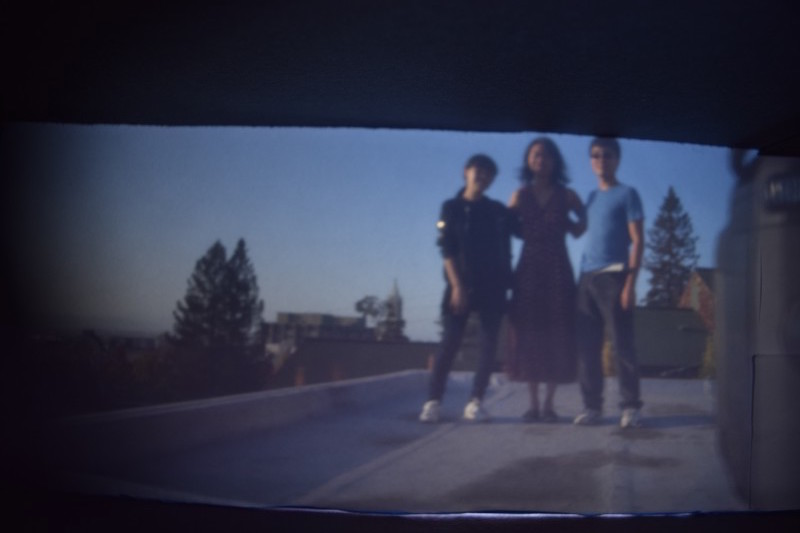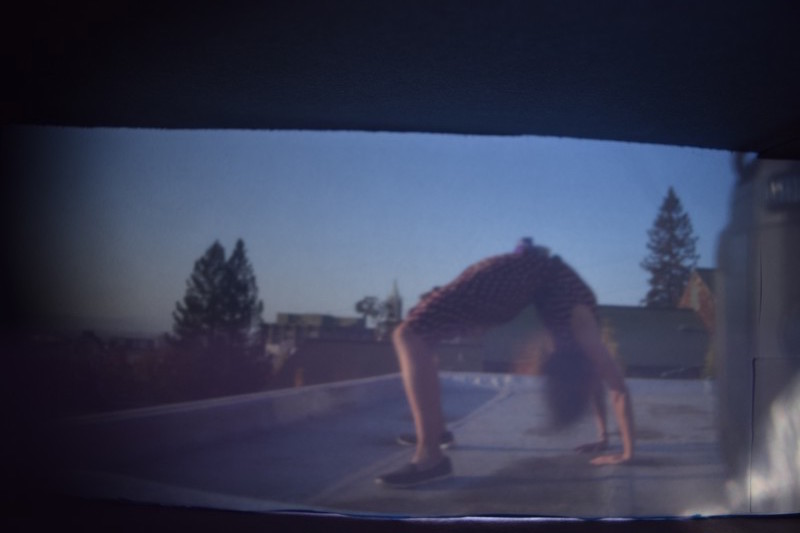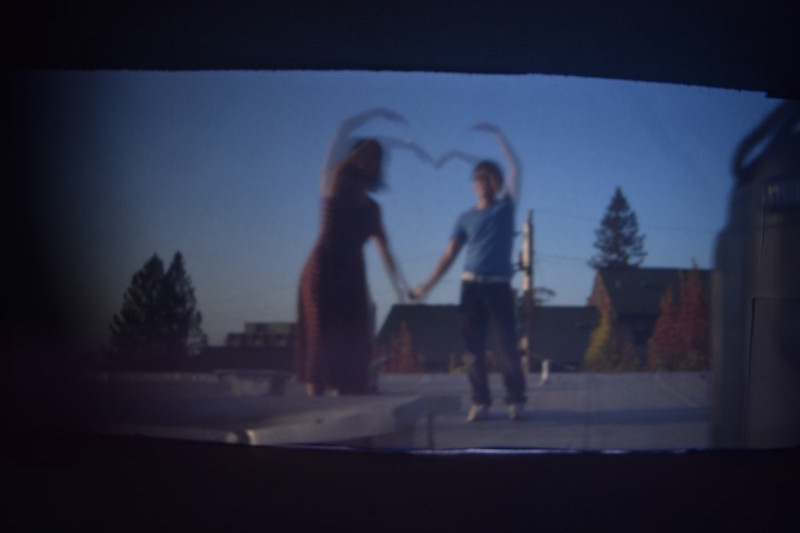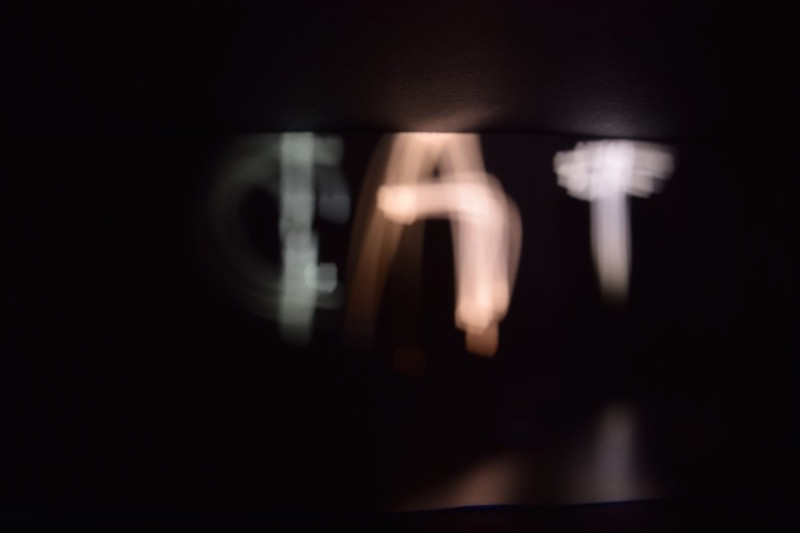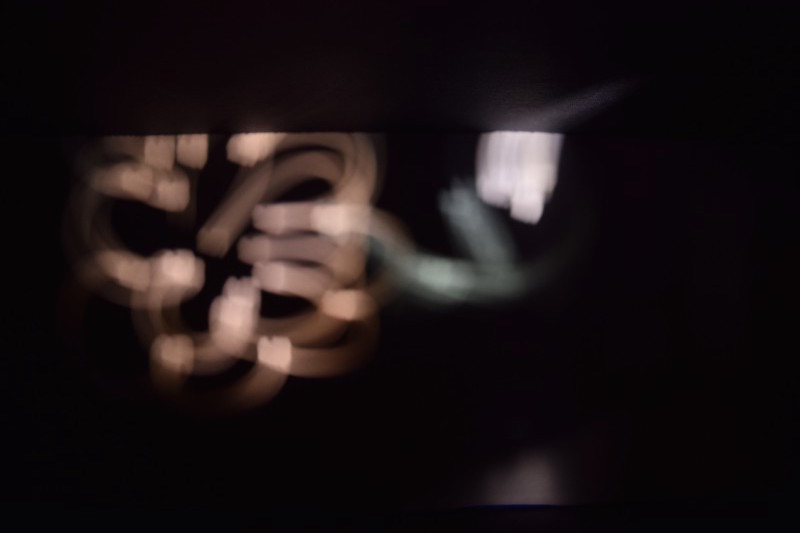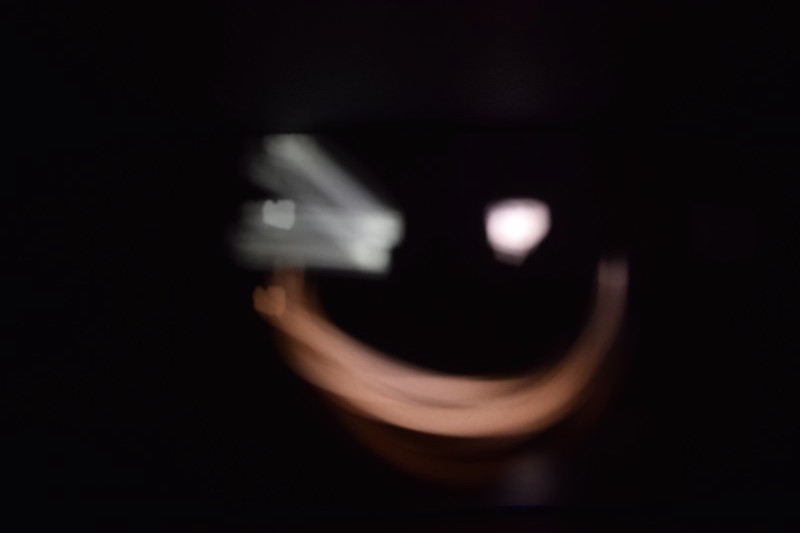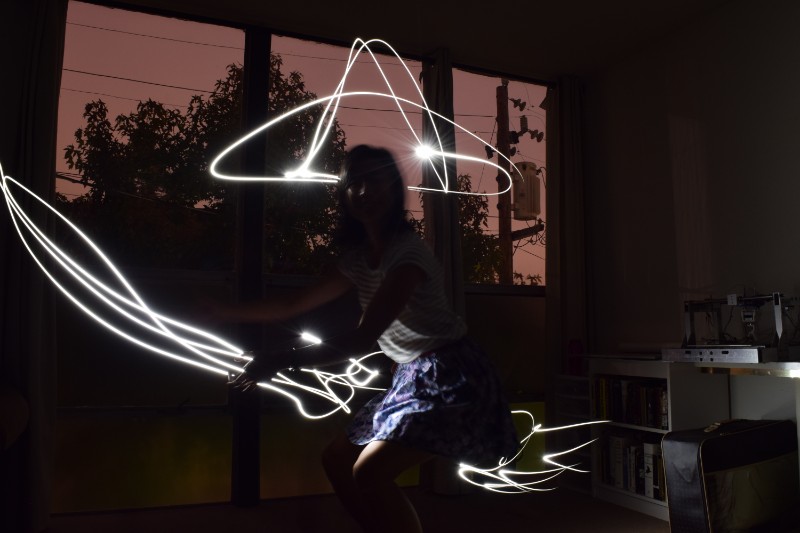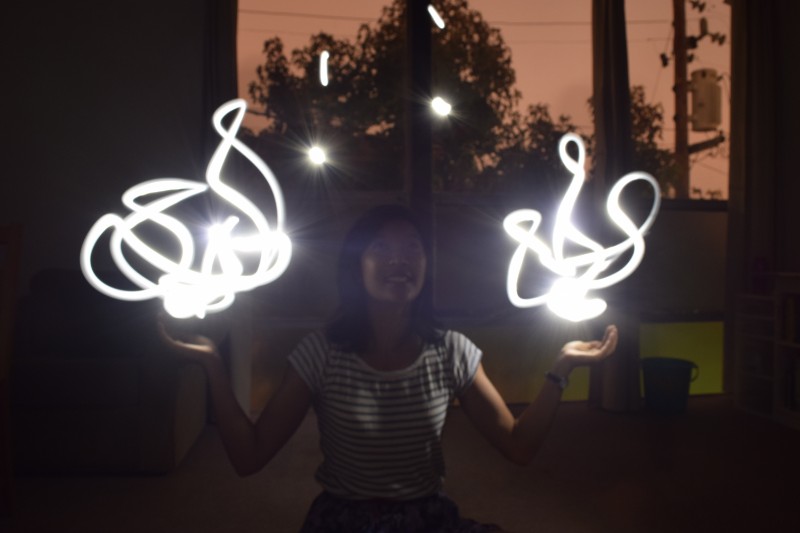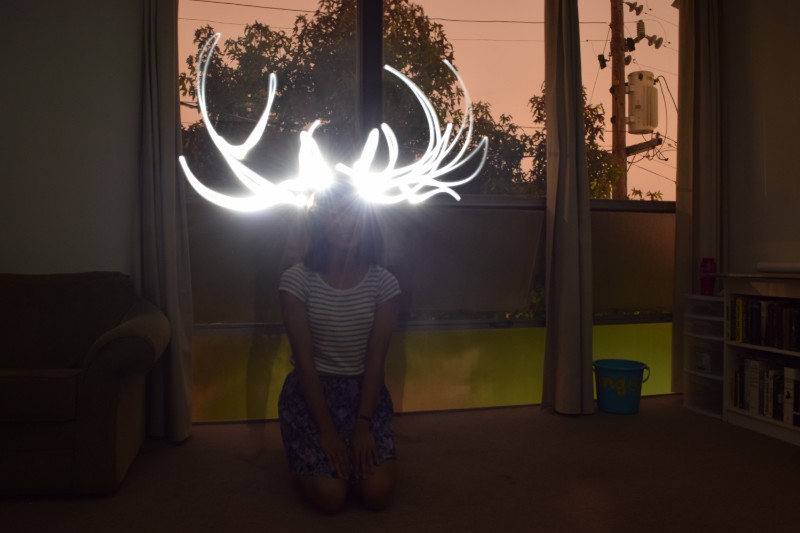Creating the Camera
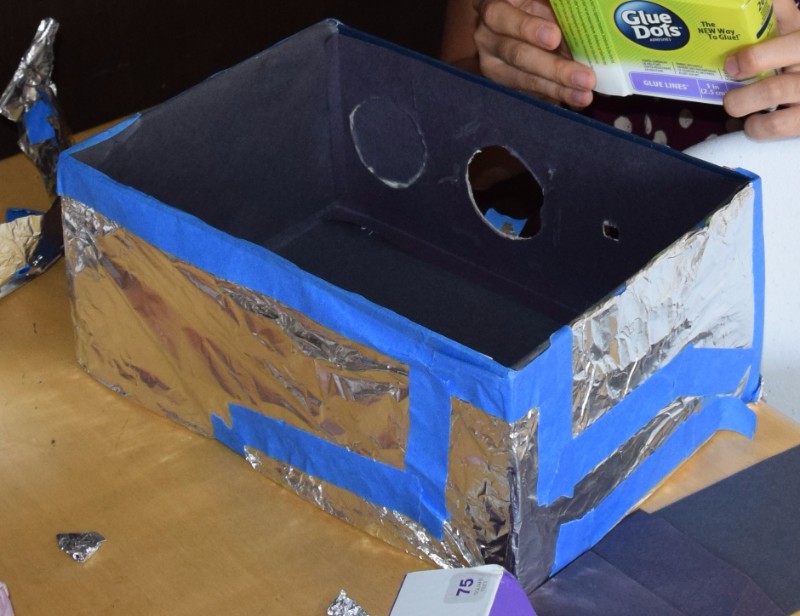

We used a cardboard (12 in x 8 in) shoebox as the base for our pinhole camera. We covered the interior (except the screen) with black construction paper and the screen with white printer paper. The corners and sides of the box were reinforced with duct tape, and the exterior entirely covered in aluminum foil. We cut a (7/16 in x 1/2 in) hole on the long face of the box facing the screen for the pinholes and a 2 3/16th inch diameter circular hole for the DSLR camera lens. A D5300 Nikon DSLR camera was used to capture the images.
Using the recommended formula for calculating pinhole size: 1.9 * sqrt(f * lambda), where f is the distance between the pinhole and the screen, and lambda is the wavelength of light, it can be found that the ideal pinhole size for our camera is around 0.62 mm (using f = 7.5 in, lambda = 550 nm).
To create pinholes of different sizes, we punched holes in cardstock with various implements (needles, mechanical pencil lead, etc.). We covered the back of each pinhole card with aluminum foil to block sunlight. The final pinhole sizes were 0.5 mm, 1 mm, and 2 mm. Pinhole cards were secured to the front of the box with painter’s tape.

